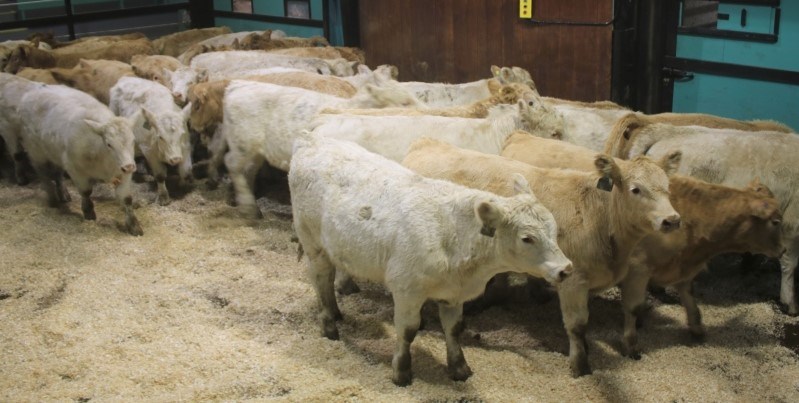YORKTON - So only the truest environmental ostriches are still sticking their heads in the sand regarding atmosphere change and weather alterations.
But for those with concerns one might still want to question how the cow is the great villain it seems to be portrayed as these days.
Now no one can deny cows pass gas and that means methane into the air.
And yes there are significant numbers of cattle worldwide but are they the poster critters of atmospheric demise?
Some remind that there were once much larger herds of wild animals – bison in North America and various animals in Africa – so cattle are no worse.
There are suggestions of course cattle are worse – and maybe they are – but in terms of how man impacts the environment and the atmosphere – it is doubtful herds of cattle top the list.
Take a look at a representation of jets in the air at almost any time of day worldwide and it’s a vapour trail web that all but encompasses the globe.
There is no way those emissions are generally positive for the environment.
Nor can be the grid lock of vehicles on the freeways in any major city.
Or ships, railways, semis and a host of industrial complexes.
Many human activities produce emissions of one kind or another, and anything post industrial revolution is not natural meaning in general terms nature is not equipped to scrub those emissions out of the ecosystem.
What that means is that we need to do better – to be fair there are some efforts being made but they are largely isolated and somewhat symbolic gestures.
It’s fine to move away from plastic straws for the environment but we as humans produce millions of tons of plastics so straws, while a start, are not going to massively change things.
But back to the maligned cow.
Is the focus on the methane from cattle simply a smoke screen to keep the focus off the need for change in more significant areas of human endeavour?
For example, the federal government is making $12 million available to help find ways to reduce methane emissions from cow-calf, dairy and feedlot operations.
The Agricultural Methane Reduction Challenge is part of the federal government’s plan to reduce overall methane emissions 40 to 45 per cent below 2005 levels by 2030 and to be net-zero by 2050.
The goals of significant, but like plastic straws it feels symbolic.
There are bigger villains with more human roots around the world that sadly the world appears to have little appetite to deal with.






